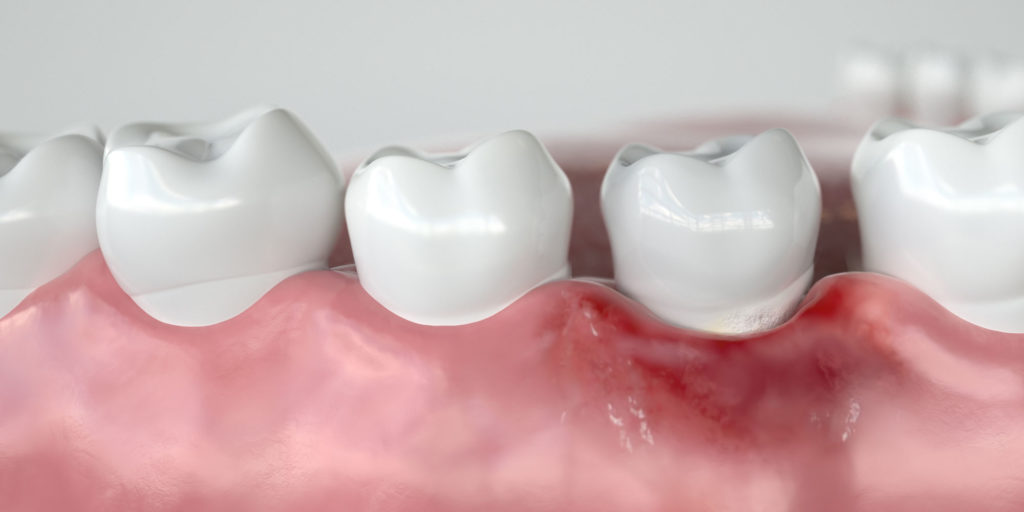

Do you have red, receding, or tender gums? Are your teeth sensitive? Have you noticed pockets forming between your gums and your teeth? These are all telltale signs of gum disease. Brushing and flossing twice daily in addition to having regular checkups and professional cleanings are critical to maintaining your dental health. But it’s not just your teeth that benefit from those habits. Your gums also stay healthy when you follow recommended dental hygiene routines.
By taking these steps, you eliminate harmful bacteria from remaining in your mouth.

Development and refinement of dental implants is considered one of the biggest advances in dentistry in the past 40 years. The placement of implants calls for careful diagnosis and treatment planning, both of which require advanced training and experience. Dental implants are made of titanium and other biocompatible materials. Surgically placed in your jaw, the posts function as sturdy anchors for replacement teeth after they fuse with your natural bone. After the fixture is securely in place, a stable connecting piece called an abutment is attached. The final step is the creation of a zirconia or porcelain crown that is customized in the perfect shape and shade to blend in with your adjacent teeth, complement your facial esthetics and restore oral function.
An overdenture combines the stability of dental implants with the convenience of a removable denture. Overdentures are removable teeth mounted on a pink resin base customized to provide an exact fit over your existing gums. The overdenture securely snaps in place using button-like locators or a ball system fixed in place on the dental implants. The first step in this process involves taking digital impressions to create a temporary denture. After the temporary denture is created, we take diagnostic images to plan the placement of the dental implants. Special healing caps are placed over your implants and you’ll return to our practice periodically so Dr. Foust can ensure your healing is proceeding as expected. After the implants have fused with your bone, we take new impressions with the abutments attached, then send them to a dental laboratory that will design your permanent prosthesis.
When we catch gum disease at its earliest stage, gingivitis, we can reverse it. However, if your condition reaches an advanced stage, it may become incurable.



During the final stage of gum disease, the infection has progressed and damaged the connective tissues and jawbone that support your teeth. As a result, your teeth can loosen, shift, and even fall out. This may result in changes to your bite and malocclusion as well as significant limitations to your oral function. We highly recommend immediate treatment and may advise receiving osseous surgery to manage the disease.

I understand the information disclosed in this form may be subject to re-disclosure and may no longer be protected by HIPAA privacy regulations and the HITECH Act.
